A simple approach
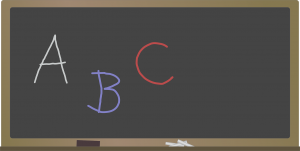
Have you ever considered that actualising your dreams is actually a skill that you can learn? Apparently, very few people know how to do it. We’ll discuss a very simple approach here. Continue Reading →
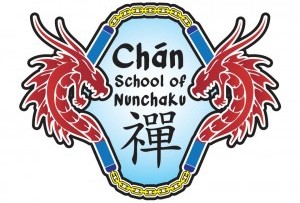
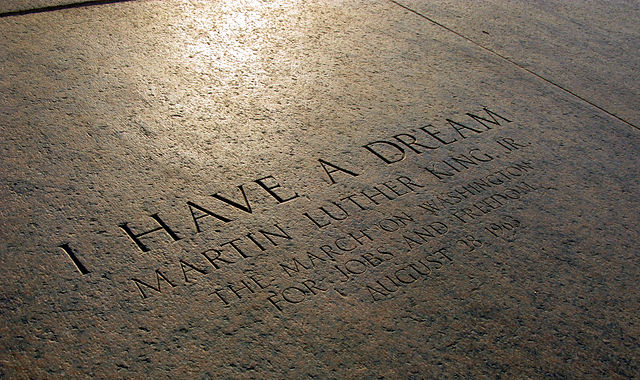

Have you ever considered that actualising your dreams is actually a skill that you can learn? Apparently, very few people know how to do it. We’ll discuss a very simple approach here. Continue Reading →
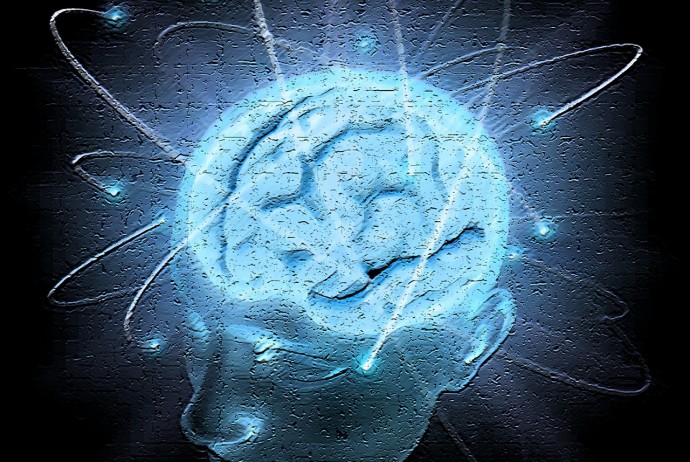
Today I asked a group of young children to tell me what creativity is and their answers were superb. Creativity is making something from scratch. It is making something out of nothing. It is when someone makes a new dance routine. Continue Reading →
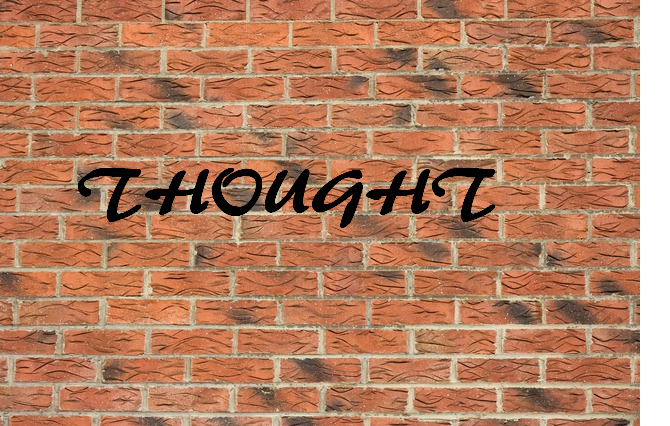
Are you looking for a more fulfilling life? The greatest opportunities present themselves when we embrace life with innocence and an open mind.
Whether in business, chatting with friends, watching a film or practising our martial arts, we think we are here in the present. Continue Reading →
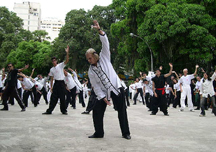
Qigong is a seven thousand year old Chinese health improvement (wellness) system. It incorporates the coordinated use of breathing methods, breath control, stances, movements, acupressure, self-massage, visualizations and guided meditations to achieve specific goals: increasing the quantity and quality of Qi in one’s body, facilitating the easy flow of Qi in one’s body, for the purpose of increasing health, strength, longevity, boosting one’s immune system and making oneself a better person. What more can anybody want but excellent health and well-being? Continue Reading →

Right this second as you read this, you are only aware of a fraction of your reality and you are missing lots of information that can help you achieve your goals. Why? Because our brains have a filter called the Reticular Activating System (RAS) that selects what sights, sounds and other signals from the real world we are going to take notice of. The more limited your view of the world, of yourself and your potential, the more your experience of the world will confirm your limited view of reality. Mindfulness training wakes us up to the real world where anything is possible. Continue Reading →
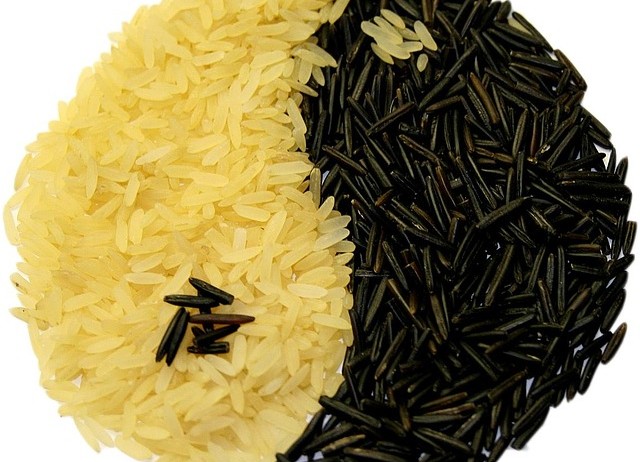
The concept of Tai Chi is a great way to understand how life works, inner balance and the essentials of maintaining high physical, mental, emotional & spiritual well being.
Life emerges as a balance between the Yang energy (death force/anabolism/tissue destruction) and the Yin energy (life force/anabolism/tissue regeneration). Our shape, form, health, vitality, mental clarity, level of consciousness, and energy (energy: capacity to perform work & capacity to maintain our form) is a reflection of how well we have balanced the death cycle (Yang) with the life cycle (Yin) within our body-mind structure. Continue Reading →
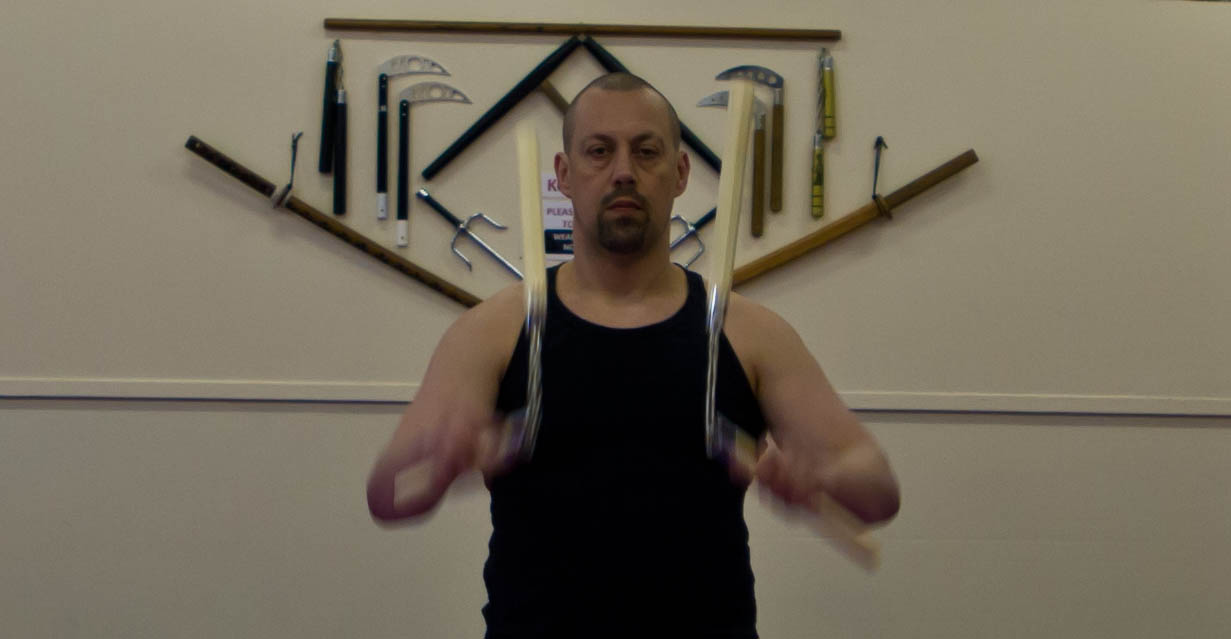
Are you one of those people that are great at doing nunchaku manoeuvres with one hand but, as soon as the nunchaku is in the other hand, things slow down? Do you find that everything is going well until you need to do swaps or catches and then you are not so cool? Now you can improve your co-ordination. Anybody can improve their performance, their fluidity and their catches by training to become more ambidextrous – by creating ‘two right hands’. Continue Reading →
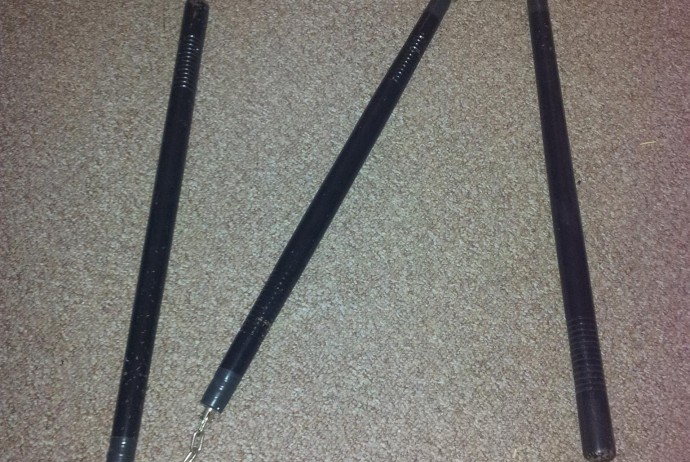
The three section staff started life in China where it was known as the sanjiegun in Mandarin, ‘gun’ meaning staff. Once it found its way to Okinawa, it became known as the sansetsukon, and they even created a couple of training kata, ‘sansetsukon dai ichi’ and ‘sansetsukon dai ni’. Like nunchaku, the three section staff is part of the ‘bo’ or staff family, and is a jointed weapon. It can, therefore, be seen as a distant relative of nunchaku. Continue Reading →
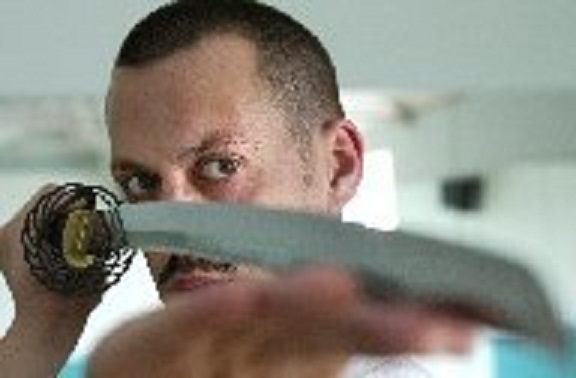
When it comes to martial arts there are many paths – empty hand or with weapons, Chinese (Kung Fu), Japanese (Karate, JiuJitsu), hard styles, soft styles – and even then there are different strands within disciplines.
Unfortunately practitioners of the different disciplines and strands will sometimes dismiss each others’ training and I always think this is a real shame.
Firstly, because no one style IS the complete system of anything except itself as an art form. To be the greatest fighter, one needs to train across many disciplines covering the four main fighting distances – kicking range (Thai boxing, Tae Kwon Do, Karate for example), punching range (boxing), trapping range or grab the opponent by the scruff of the neck range (Wing Chun or JiuJutsu for example), and grappling range (JiuJitsu for example). Continue Reading →
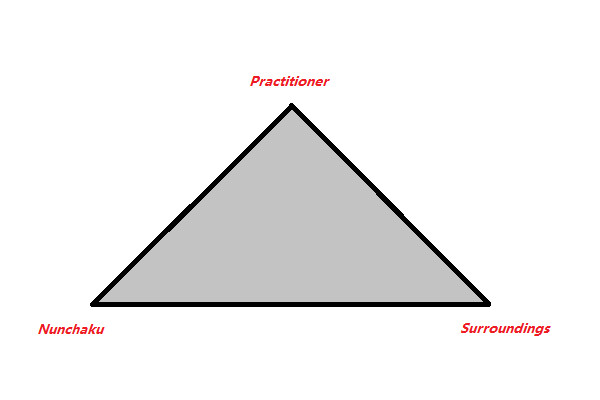
This tutorial looks at how to create time by understanding ‘timing and the three elements’. The video below demonstrates how moving creates more time for us to catch the nunchaku mid-air than if we were to remain static. If we remain static and the nunchaku are moving our hands have to work harder to get to where they should be to make the catch. If we are prepared to move our bodies in time with the movement of the nunchaku then once the nunchaku are airborne we actually have more time to make the catch. Can you imagine a fielder on a cricket field who couldn’t run? He wouldn’t make many catches.